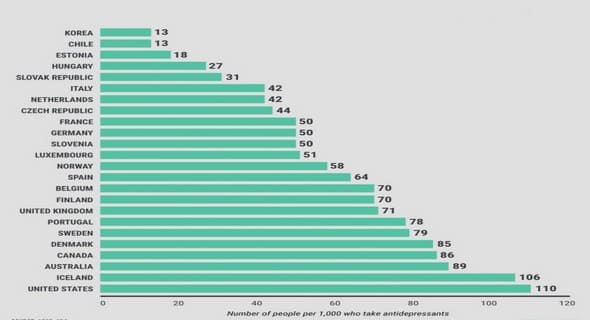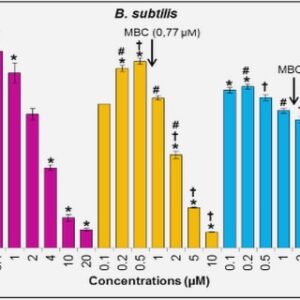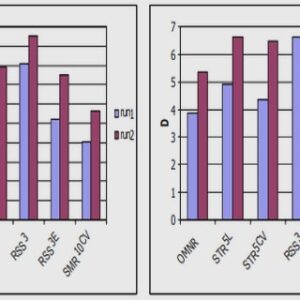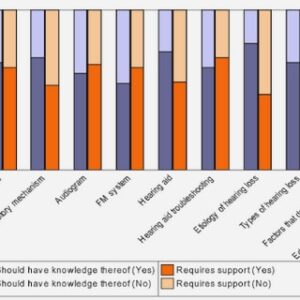(Downloads - 0)
For more info about our services contact : help@bestpfe.com
Table of contents
Chapter I: Bibliography
1. Hexaploid wheat
1.1 Economical importance of wheat
1.2 Classification of the hexaploid wheat
1.3 Origins of bread wheat
1.4 Genetic specificity of bread wheat
2. Simple sequence repeats (SSRs)
2.1 Definition and classification
2.2 Advantages of SSRs compare to other markers
2.3 SSRs within genomes
2.3.1 Abundance in genomes
2.3.2 Dispersion within genomes
2.3.3 Composition ….
2.3.4 Number of repeats
2.4 SSRs within cereals
2.5 Level of polymorphism of SSRs
2.5.1 Definition of SSR polymorphism
2.5.2 Mutational mechanisms of SSRs
2.5.2.1 Replication slippage
2.5.2.2 Unequal Recombination
2.5.2.3 Interaction replication slippage and recombination
2.5.3 Polymorphism of g-SSRs
2.5.4 Polymorphism of EST-SSRs
2.6 Role and function of the SSRs
2.6.1 DNA conformation
2.6.2 Promoter regulation
2.6.3 Meiosis and mitosis
2.6.4 Coding function
2.7 Application of SSRs to plant genetic studies
2.7.1 Genetic mapping
2.7.2 Genetic diversity
2.7.3 Comparative mapping
2.7.4 Phylogenic studying
2.7.5 MAS breeding
3. Organizations of genetic resources
3.1 History
3.2 Definition and classification
3.3 Collections
3.3.1 Landraces
3.3.2 Wild species
3.4 Evaluation for genetic resources
3.4.1 Agronomic and morphologic data
3.4.2 Isozymes data
3.4.3 NIRS data
3.4.4 Molecular data
3.4.4.1 RFLP
3.4.4.2 RAPD
3.4.4.3 AFLP
3.4.4.4 Microsatellites
3.4.4.5 ISSR
3.4.4.6 STS
3.4.4.7 SNPs
3.4.4.8 ESTs
3.4.4.9 Comparison between the different types of markers for diversity
3.5 Aims of the thesis
3.5.1 Scientific question
3.5.2 Methodology
3.5.3 Deliverables
Chapter II: Materials and Methods
1. Plant material and extraction
1.1 Hexaploid wheats for polymorphism evaluation
1.2 Grass species for transferability studies
1.3 Aneuploid lines
1.4 Segregating populations
1.4.1 ITMI population
1.4.2 Courtot X Chinese Spring population
1.5 DNA extractions
2. Wheat and rice EST-SSRs
2.1 Analysis of the wheat ESTs
2.2 Primer design
2.3 Rice EST-SSRs
2.4 EST-SSR detection
2.4.1 Principle of the M13-tailed primer method
2.4.2 PCR reaction and detection
3. Data analysis
3.1 Genetic and cytogenetic mapping of EST-SSRs
3.1.1 Chromosomal assignment
3.1.2 Genetic mapping
3.2 Transferability of the EST-SSRs to wheat related species
3.3 In silico analysis of EST-SSRs
3.4 Distribution of EST-SSRs on the rice genome
3.5 Determination of Polymorphism Information Content (PIC) values
3.6 Determination of the Jaccard similarity coefficient
3.7 Unweighted Pair Group Method with Arithmetic Mean (UPGMA)
Chapter III: Results and discussion
1 Analysis of the wheat ESTs
1.1 Characteristics of EST-SSRs
1.2 Amplification and polymorphism of EST-SSRs
1.3 Genetic mapping of the EST-SSRs
1.4 Discussion
2 Transferability of the wheat EST-SSRs to grass species
2.1 Publication 1: High transferability of bread wheat EST-derived SSRs to other cereals (2005, Theor Appl Genet 111:677-687)
2.2 Publication 2: Transferable bread wheat EST-SSRs demonstrated that grass species can be a reservoir of new alleles for wheat improvement (Plant Breeding in press)
2.3 Comments and perspectives
3 Transferability of EST-SSRs between wheat and rice
3.1 Transferability from bread wheat to rice…
3.2 Transferability from rice to bread wheat
3.3 Discussion, comments and perspectives
4 Phylogenetic studies of Triticeae using wheat EST-SSRs
4.1 Publication 3: Transferable bread wheat EST-SSRs can be useful for phylogenetic studies among the Triticeae species (Theor Appl Genet, on line first, DOI: 10.1007/s00122-006-0304-4)
4.2 Comparison of the classification of T. aestivum lines obtained using g-SSRs and EST-SSRs
4.3 Genetic diversity of Triticale species
4.4 Phylogenetic relationship for species with D genome
4.5 Phylogenetic relationship between all the species
4.6 Discussion
4.7 Comments and perspectives
General Conclusion
1. Analysis of the wheat ESTs
1.1 Main results
1.2 Perspectives
2. Transferability of the wheat EST-SSRs
2.1 Main results
2.2 Perspectives
3. Phylogenetic studies
3.1 Main results
3.2 Perspectives
4. Transferability of rice EST-SSRs
4.1 Main results
4.2 Perspectives
5. Conclusion
References




